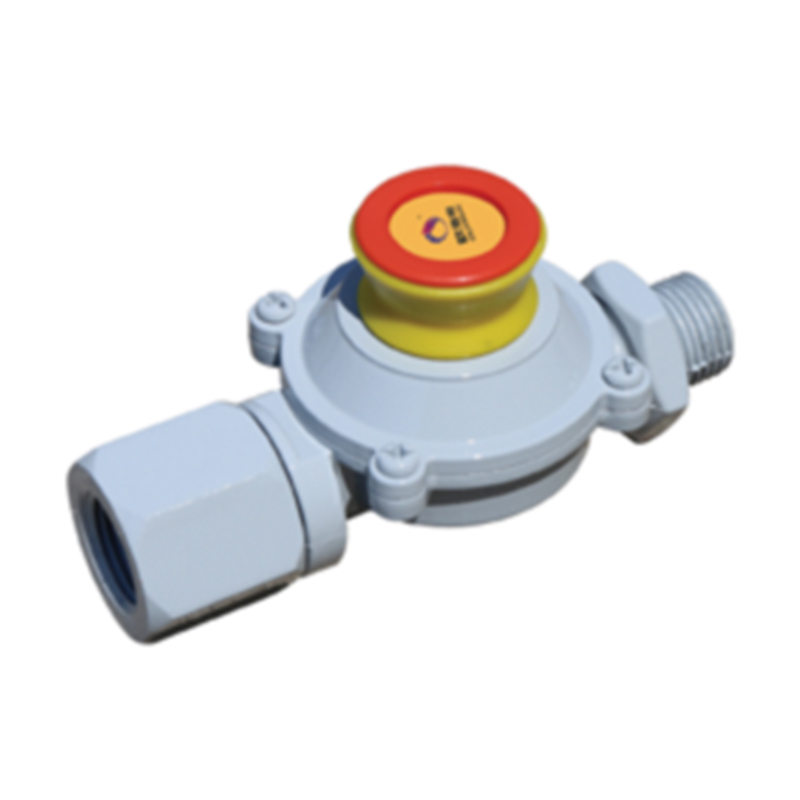
Nov . 09, 2024 17:00
Back to list
Gas Pressure Regulation Valve Overview and Key Functions
The Gas Pressure Regulating Valve A Key Component in Gas Management Systems
In the realm of gas management systems, the gas pressure regulating valve (GPRV) serves as a critical component, ensuring the safe and efficient flow of gas in various applications. This essential device plays a pivotal role in maintaining consistent pressure levels, thus safeguarding equipment, optimizing performance, and ensuring the overall integrity of gas distribution networks.
Understanding the Function of GPRVs
The primary function of a gas pressure regulating valve is to control and stabilize the pressure of gas flowing through a pipeline or system. Gas is often supplied at high pressures, which can be dangerous and impractical for end users. GPRVs reduce this pressure to a level that is safe and usable for household appliances, industrial machinery, or any other application requiring gas as a fuel source.
When gas enters a regulating valve, it encounters a diaphragm or spring mechanism that responds to the pressure changes in the system. As the pressure fluctuates, this mechanism adjusts the valve’s opening, allowing more or less gas to flow through, thereby maintaining a stable output pressure. This automatic response is crucial in preventing overpressure situations that could lead to equipment damage, leaks, or even explosions.
Applications of Gas Pressure Regulating Valves
GPRVs are employed in a variety of settings, from residential to industrial applications. In homes, these valves are typically found in gas meters, where they control the pressure of natural gas supplied to stoves, heaters, and water boilers. By maintaining a consistent pressure, the GPRVs ensure that appliances operate efficiently and safely.
.
Moreover, in power generation and energy distribution systems, GPRVs help manage the flow of gas to turbines and generators, ensuring optimal performance and energy output. The reliability of gas pressure regulating valves in these critical applications cannot be overstated, as any malfunction could lead to significant operational disruptions.
صمام تنظيم ضغط الغاز

Safety and Compliance Considerations
The importance of safety in the operation of gas pressure regulating valves cannot be overlooked. Regulations governing the design, installation, and maintenance of GPRVs are strict, given the potential hazards associated with gas distribution. Compliance with local and international safety standards is essential, and regular maintenance checks are recommended to ensure that these valves function correctly over time.
It is crucial for operators to be aware of the signs of a malfunctioning valve, such as irregular pressure readings, unusual noise, or gas leaks. Early detection and prompt maintenance can prevent accidents and ensure the integrity of the entire gas management system.
Innovation and Future Trends
As technology advances, so too does the development of gas pressure regulating valves. Innovations in materials, design, and telemetry are enhancing the functionality and reliability of GPRVs. Smart valves equipped with IoT (Internet of Things) technology enable real-time monitoring and remote adjustments, providing greater control over gas pressure management. This advancement not only improves efficiency but also enhances the safety of gas infrastructure.
Sustainability is another driving force behind the evolution of gas pressure regulating valves. As the focus on renewable energy sources and cleaner fuels increases, GPRVs must adapt to manage new types of gases and blends. The ongoing development of these valves promises to support the transition to a more sustainable energy future.
Conclusion
In conclusion, the gas pressure regulating valve is an indispensable component of gas management systems, playing a vital role in maintaining safety and efficiency across various applications. As industry demands evolve, and technology advances, the significance of GPRVs will only continue to grow, affirming their place at the forefront of modern gas distribution and management.
Latest news
-
Safety Valve Spring-Loaded Design Overpressure ProtectionNewsJul.25,2025
-
Precision Voltage Regulator AC5 Accuracy Grade PerformanceNewsJul.25,2025
-
Natural Gas Pressure Regulating Skid Industrial Pipeline ApplicationsNewsJul.25,2025
-
Natural Gas Filter Stainless Steel Mesh Element DesignNewsJul.25,2025
-
Gas Pressure Regulator Valve Direct-Acting Spring-Loaded DesignNewsJul.25,2025
-
Decompression Equipment Multi-Stage Heat Exchange System DesignNewsJul.25,2025

